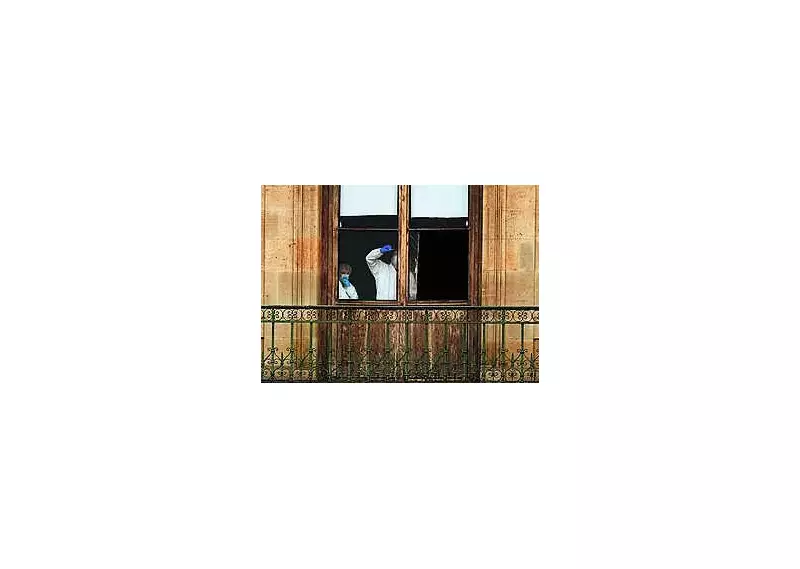
In a stunning security breach that has sent shockwaves through the art world, Paris's legendary Louvre Museum became the target of a brazen jewelry heist, reminding us why this iconic institution demands our attention and protection.
The Daring Louvre Heist: What Happened?
Thieves executed a meticulously planned operation, making off with precious jewels from one of the world's most heavily guarded museums. The audacious theft has raised serious questions about security protocols at cultural landmarks and highlighted the eternal appeal of priceless artifacts to criminal elements.
7 Essential Facts Every Student Should Know About the Louvre
1. From Fortress to Cultural Beacon
The Louvre's journey began in the late 12th century as a formidable fortress under Philip II. This medieval stronghold gradually transformed into a royal palace before opening as a public museum in 1793 during the French Revolution, symbolizing the democratization of art and knowledge.
2. Crown Jewel of French Culture
As the world's largest art museum, the Louvre spans an incredible 782,910 square feet. Its vast collections include approximately 38,000 objects from prehistory to the 21st century, making it a comprehensive timeline of human artistic achievement.
3. Home to Legendary Masterpieces
The museum shelters some of history's most celebrated artworks, including Leonardo da Vinci's enigmatic Mona Lisa, the graceful Venus de Milo, and the powerful Winged Victory of Samothrace. These works attract millions of pilgrims seeking to witness artistic perfection.
4. Architectural Marvel and Modern Icon
I.M. Pei's controversial glass pyramid, completed in 1989, has become as iconic as the museum's historic wings. This brilliant fusion of contemporary design and classical architecture serves as the main entrance, welcoming visitors into a world of artistic wonders.
5. Napoleon's Ambitious Legacy
The French emperor significantly expanded the Louvre's collections, renaming it the Musée Napoleon during his reign. His military campaigns across Europe resulted in numerous acquisitions, though many works were later returned to their countries of origin.
6. A Living Chronicle of Civilizations
The museum's departments span diverse cultures and eras, including Egyptian Antiquities, Near Eastern Antiquities, Greek and Roman treasures, Islamic Art, and European paintings. Each gallery tells a unique story of human creativity across continents and centuries.
7. Record-Breaking Global Attraction
Before the pandemic disrupted global travel, the Louvre welcomed over 10 million visitors annually, cementing its status as the world's most visited museum. This incredible foot traffic demonstrates humanity's enduring fascination with art and history.
Why the Louvre's Protection Matters
The recent heist underscores the constant threat facing our shared cultural heritage. As guardians of humanity's artistic legacy, institutions like the Louvre require robust security measures and public vigilance to ensure these treasures survive for future generations.
The theft serves as a stark reminder that these cultural monuments are not just tourist attractions but vital repositories of our collective human story that demand our protection and appreciation.





